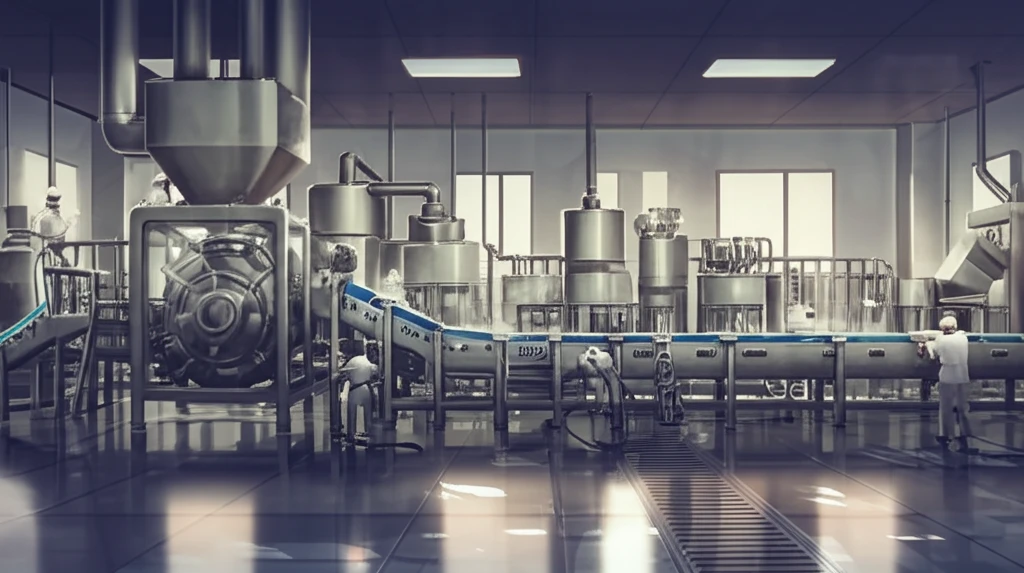
Clean Sweep: How to Keep Food Processing Equipment Germ-Free
"Mastering Hygiene for a Safer Food Supply: A Guide to Maintenance and Sanitation"
In the world of food production, it's easy to focus on the ingredients and recipes that make our favorite snacks and meals. However, behind the scenes, there's a crucial aspect that often goes unnoticed: the cleanliness and maintenance of the equipment used to process our food. Just like a kitchen at home, food processing equipment needs regular cleaning and care to prevent the buildup of bacteria and other contaminants.
Imagine a conveyor belt carrying cookies, or a giant mixer blending cake batter. If these machines aren't properly cleaned, they can become breeding grounds for harmful microorganisms, leading to foodborne illnesses and product recalls. This is where personal hygiene and good maintenance practices come into play. They are the unsung heroes of food safety, ensuring that the equipment used to create our food is as clean and safe as the ingredients themselves.
This article explores the essential steps and strategies for maintaining food processing equipment. From understanding the importance of personal hygiene for maintenance staff to selecting the right cleaning products and implementing effective maintenance schedules, we'll uncover the secrets to keeping our food supply safe and sound.
The Pillars of Equipment Hygiene

Maintaining the cleanliness of food processing equipment involves several key areas. It's not just about wiping down surfaces; it's a comprehensive approach that covers everything from the design of the equipment to the behavior of the maintenance personnel.
- Equipment Design: Opt for equipment with smooth surfaces, rounded corners, and easy access for cleaning.
- Material Selection: Use materials that are non-corrosive, non-absorbent, and compatible with cleaning agents.
- Maintenance Schedules: Establish regular cleaning and maintenance schedules to prevent the buildup of contaminants.
- Personal Hygiene: Ensure that maintenance personnel follow strict hygiene practices, including handwashing and wearing clean clothing.
A Commitment to Cleanliness
Maintaining the hygiene of food processing equipment is an ongoing commitment that requires vigilance, attention to detail, and a culture of cleanliness. By implementing the strategies outlined in this article, food manufacturers can minimize the risk of contamination, protect public health, and ensure the safety and quality of our food supply. It's an investment in peace of mind, knowing that every step has been taken to keep our food safe from harmful contaminants.
